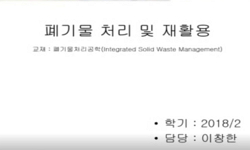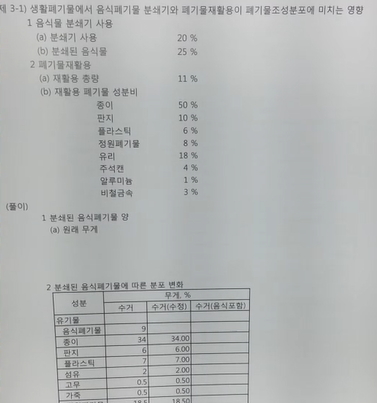Recycling of abandoned waste bottom ash has been a key issue in Republic of Korea in terms of environmental protection as well as economic concern. In this work, a method for recycling of abandoned bottom ash has been discussed based on the results fr...
http://chineseinput.net/에서 pinyin(병음)방식으로 중국어를 변환할 수 있습니다.
변환된 중국어를 복사하여 사용하시면 됩니다.
- 中文 을 입력하시려면 zhongwen을 입력하시고 space를누르시면됩니다.
- 北京 을 입력하시려면 beijing을 입력하시고 space를 누르시면 됩니다.



Evaluation on Properties of Cement Mortar and Brick Using Magnetically Separated Coal Power Plant Bottom Ash
한글로보기https://www.riss.kr/link?id=A109077960
- 저자
- 발행기관
- 학술지명
- 권호사항
-
발행연도
2024
-
작성언어
English
- 주제어
-
등재정보
KCI등재,SCIE,SCOPUS
-
자료형태
학술저널
-
수록면
547-566(20쪽)
- DOI식별코드
- 제공처
- 소장기관
-
0
상세조회 -
0
다운로드
부가정보
다국어 초록 (Multilingual Abstract)
Recycling of abandoned waste bottom ash has been a key issue in Republic of Korea in terms of environmental protection as well as economic concern. In this work, a method for recycling of abandoned bottom ash has been discussed based on the results from laboratory and industrial-scale experiments. Abandoned bottom ash was magnetically separated and properties of magnetically separated bottom ash samples as well as properties of mortar and masonry cement brick made of bottom ash were investigated. According to the experimental results, bulk and skeletal densities were ranked in the order of strongly magnetic > weakly magnetic > as-received > non-magnetic (from heavier to lighter) bottom ash. From laboratory-scale experiments, compressive strengths of mortars made of bottom ash samples (measured by ASTM C 109) were lower than that of mortar made of standard sand. Among bottom ash samples, mortar made of non-magnetic bottom ash (after removal of unburnt carbon) showed higher compressive strength with lower thermal conductivity (measured by ASTM C 1113) and weight than others. Masonry cement brick made of magnetic bottom ash showed lower weight and thermal conductivity than those made of standard sand, while meeting the KS strength guideline as a masonry cement brick. The results suggest the applicability of bottom ash as lightweight aggregate for production of masonry cement brick. However, considering the lower strength obtained from masonry cement brick made of as-received bottom ash (without removal of unburnt carbon), unburnt carbon content should be removed prior to its utilization as lightweight aggregate.
동일학술지(권/호) 다른 논문
-
An Updated Review on the Effect of CFRP on Flexural Performance of Reinforced Concrete Beams
- 한국콘크리트학회
- Ali Jahami
- 2024
- KCI등재,SCIE,SCOPUS
-
Analysis of the Strength of Different Minerals-Modified MPC Based on Mathematical Models
- 한국콘크리트학회
- Qi Kang
- 2024
- KCI등재,SCIE,SCOPUS
-
- 한국콘크리트학회
- Masood Gholami
- 2024
- KCI등재,SCIE,SCOPUS
-
Resistance Behaviours of Clamped HFR-LWC Beam Using Membrane Approach
- 한국콘크리트학회
- Wanxiang Chen
- 2024
- KCI등재,SCIE,SCOPUS




 KCI
KCI




